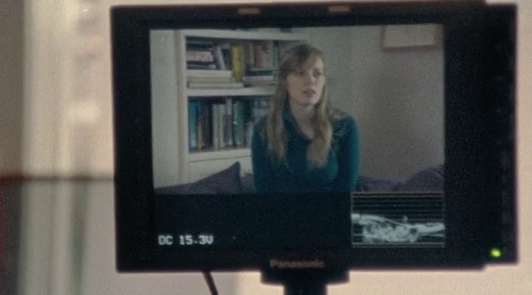Call me a geek if you want, however what’s wrong with being entertained while also being educated? Yes, I am a huge fan of documentaries and at times, even prefer them over fictional movies (Fast and Furious being the fictional exception). Joshua Oppenheimer’s The Act of Killing takes the audience through the genocide in Indonesia, taking almost a decade to produce.
How the film challenges the traditional documentary form and a viewer’s notion of truth
The bulk of documentaries that I’ve been exposed to are expository, as they consist of a “voice of God” approach, where a male with an unusually deep voice narrates the film from start to finish, addressing the audience directly on the content of the film. These documentaries also show photos and clips to represent historical events when possible. Overall, the purpose of the documentary is to persuade the viewers about the point that is being communicated by the director, and quite often this point is made explicitly.
The Act of Killing was unlike any documentary I have ever seen. This was an Observational documentary, with characteristics challenging the traditional documentary, with one of the most prominent being that there was no deep voice attempting to guide my opinion on the preselected mental track the director wants me to think on. Since documentaries are supposed to educate their viewers, seeking the truth is supposed to be the end goal. A viewer’s notion of truth is provided by none other than the viewer’s themselves in The Act of Killing, as Oppenheimer wanted “visual metaphors that strike the core of what this world is in which I want to immerse you in”. The viewer’s notion of truth was ironically also the notion of truth for the character in the film. For example, when Anwar was watching the footage filmed of him about to be killed, he was hit with the truth of his actions.


Was the film effective in blurring the distinction between fact and fiction and undermining the dominant idea of objectivity and authority?
Re-enacting scenes is a common trait amongst traditional documentaries, and this is used in The Act of Killing as well. However, the re-enacting that takes place in this documentary is unlike any other done before. This is because the subjects of the documentary were directly asked to re-enact their past and history, which is what the documentary means to educate its viewers on. This past and history was the genocide in Indonesia with paramilitaries wiping out innocent people on a massive scale.. All the facts were blurred within the fiction, yet we knew they were facts. By this, I refer to the newstatesman article that discusses how Anwar and his friends were able to dramatize their atrocities through the use of film genres such as western, gangster, and musicals for example. Although these genres are fictional in Hollywood, they were “acting” out factual events.

The entire documentary makes you question authority. As Adam Nayman points out in his article Find Me Guilty, “Is it even possible to exploit men who freely and in some cases gleefully admit to the torture, rape, and murder of untold scores of their countrymen? ”There have been many genocides in the past, however often the murderers were put to justice in the end. It is highly unlikely that a Nazi would walk around proudly announcing his deeds of murder in this day and age. This is because authoritative figures made efforts to bring these people to justice. In Indonesia, the question rises as to why these killers have remained in a position of authority and are able to express their shameful wrongdoings so freely. It goes back to blurring the distinction between fact and fiction, because it’s very difficult to perceive the scenario as a factual one, especially from a Western society’s point of view. However, as mentioned in the article, it is questionable whether Western society themselves are innocent, as similar acts – although less bloody – with little remorse have taken place in the past, such as colonization and the impact on Natives that has lasted till this day, just like it has on Indonesians.
What do you think is gained or lost by Oppenheimer’s particular approach?
One thing that was lost by this approach was that it’s very difficult to “let the audience decide for themselves”, which is a characteristic of an observational documentary, when the motive of the filmmaker was to simply expose these killers. In the cinema-scope article, Oppenheimer says “This was a history that they were scared to discuss because they thought that the killers would see them talking to foreigners in an attempt to expose what they had done. So we discussed the idea of how to tell the story.” Therefore, although there was no narrator guiding the viewer’s opinion, there also wasn’t much for the viewers to debate about in regards to the purpose of the film and where the director was trying to head.
When Openheimer says, “I want to immerse you in a world so that it becomes a nightmare…”, that is a big statement to make and difficult to actually achieve. I can conclude that he succeeded. The unique approach used by the director to allow Anwar and his “colleagues” to dramatize their “notable accomplishments” of killing others was the highlight of this documentary, as I have never seen this approach before, justifiably because finding a proud killer is not the easiest of tasks. The audience is left in disbelief.
This film was not easy to watch, and it is interesting to note the number of “Anonymous” that appear in the credits representing all the voiceless Indonesians. Although the audience may have been left in a state of discomfort, this discomfort is an indicator of the complex and uncanny truth Oppenhemier wanted to reveal.








